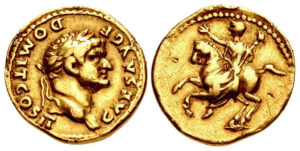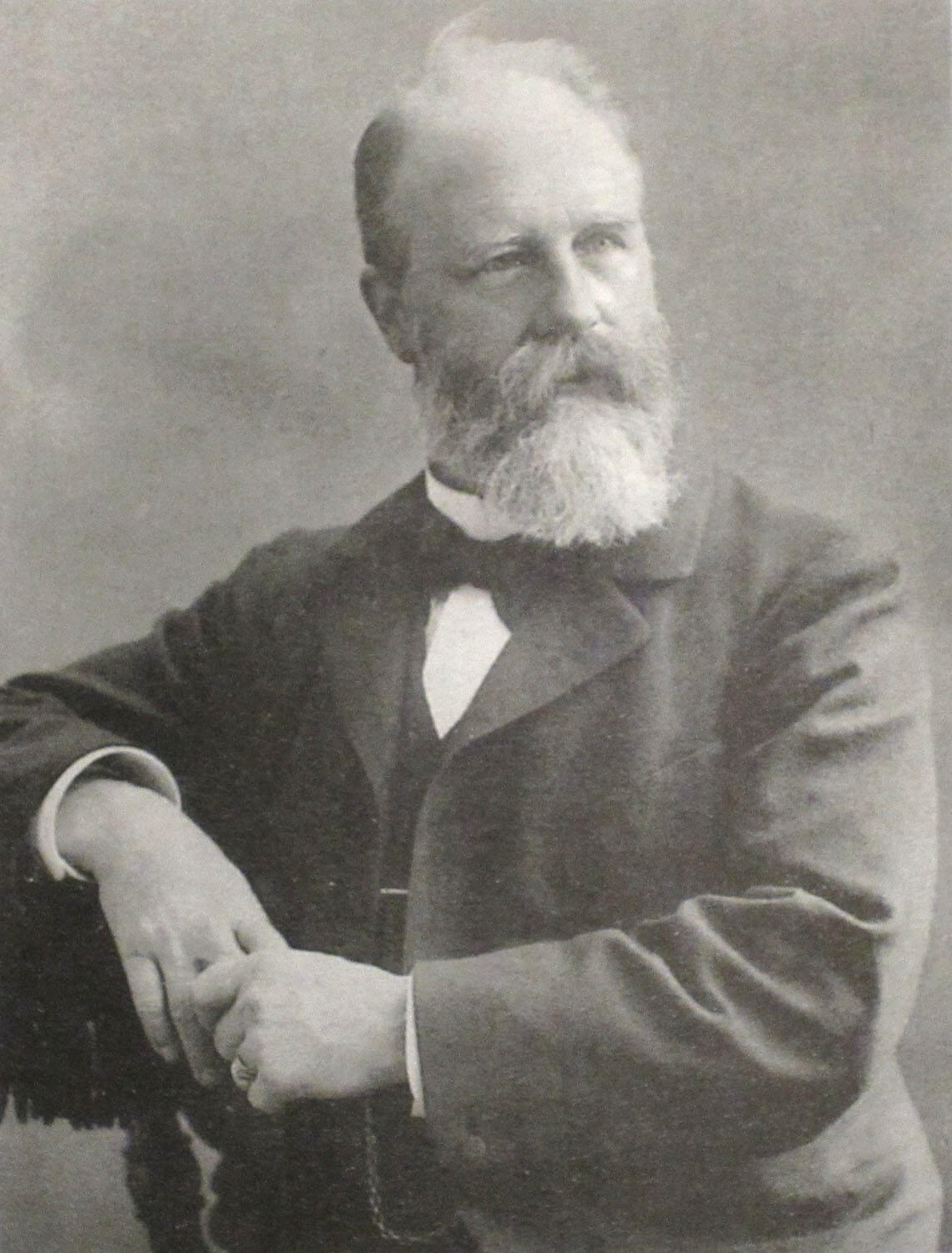Bally, Arthur (1849-1912)
by Hadrien Rambach
Arthur Bally (1849-1912), who married Julie Herzog in 1874, was born near Solothurn into the famous Swiss industrial family: the elastics brand Bally remains active today and is well-known for its luxury shoes. The great-grandson of the firm’s founder, he started first by training in a Geneva bank and then in Paris, before establishing subsidiary companies in Uruguay (1871) and Argentina (1874). His father gave him and his brother Eduard the company in 1892, and Arthur Bally devoted his life to running the large family firm. Nevertheless, he still found the time to get involved in various social charities – and notably in the fight against tuberculosis, initiating and underwriting the sanatorium Allerheiligenberg: he even bequethed the enormous amount of one million francs to charity as well as toward the health insurance of his company.

Domitian (as Caesar), 69-81. Aureus, 73-early 75, Rome. Ex Arthur Bally-Herzog Collection. From Classical Numismatic Group Triton XXIV (2021), 156.
It remains unclear when and how he became interested in coins, but by 1883 he was a member of the Swiss Numismatic Society, making sure he attended most yearly meetings. His main passion was for Swiss coins (4,041 coins and medals, including 424 in gold), but he nevertheless displayed a real interest for Roman coins: his manuscript inventory counted some 1,448 Roman coins (250 in gold), most of them acquired after 1902, at auction and from major dealers (notably Spink in London and Merzbacher in Munich). Contrary to most collectors listed here, Bally clearly showed an interest for coins in general – not limiting himself to the best preserved examples or the most precious rarities.
Possibly inspired by his cousin Otto Bally (1839-1908) who offered many rare German coins to the coin-cabinet in Karlsruhe, Arthur Bally pledged in his will his entire coin collection to the Schweizerisches Landesmuseum in Zurich. But the museum at the time only accepted Roman coins found within the Swiss territory, so Bally decided that the Roman and foreign coins should be sold, the proceeds going to the museums in Zurich, Solothurn, Aarau and Olten. Bally’s three surviving children acquired those coins back for 70,000 Francs en-bloc. They were then offered at auction by Münzen & Medaillen A.G. in their auction 93 (Basel December 2003) and Münzen & Medaillen GmbH in their auction 14 (Weil am Rhein April 2004).
Bibliography:
- Hadrien Rambach, “Provenance glossary”, in Numismatica Ars Classica, Auction 91: the George W. La Borde collection of Roman aurei – part I, Zurich, 23 May 2016, pp. [67]-[79].
- Hadrien Rambach, “Provenance glossary”, in Numismatica Ars Classica, Auction 99: the George W. La Borde collection of Roman aurei – part II, Zurich, 29 May 2017, [pp. 47-63].
- Hadrien Rambach, “Provenance glossary”, in Numismatica Ars Classica, Auction 105: the George W. La Borde collection of Roman aurei – part III, Zurich, 9 May 2018, [pp. 82-105].
This article was first published in a catalogue of auction house Numismatica Ars Classica.








